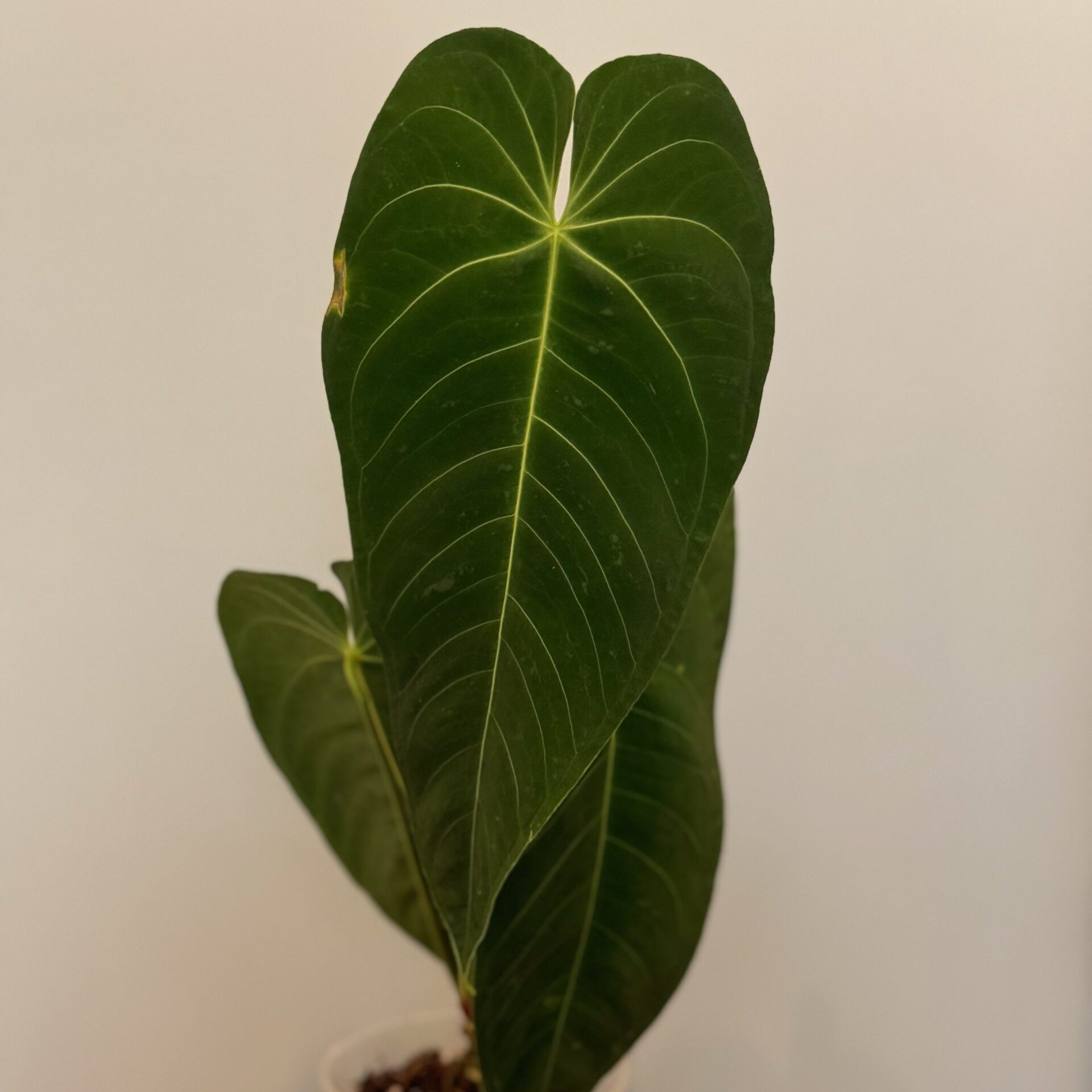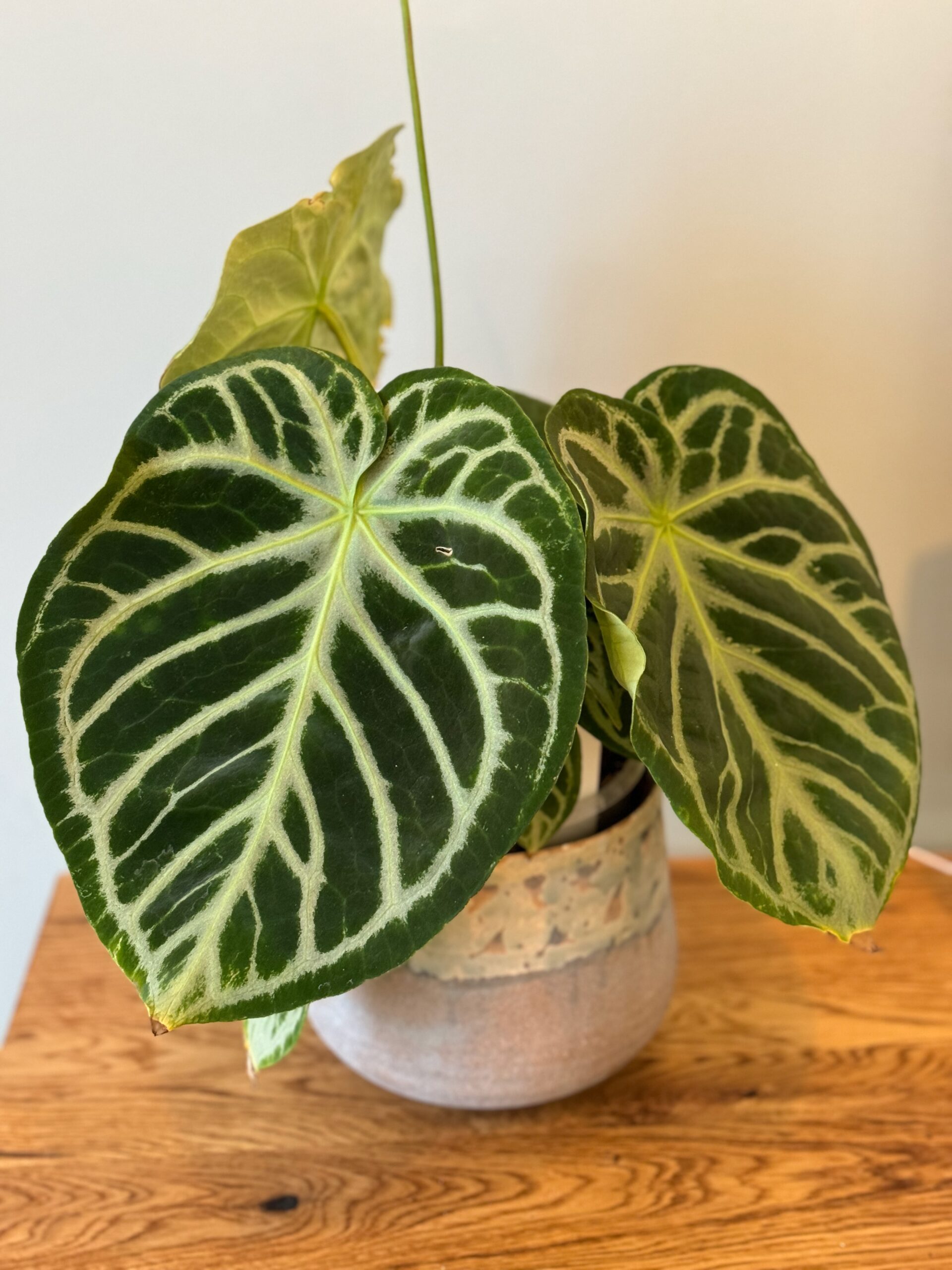
All about Aroids
without bullshit
Every plant is unique and grows in an individual environment, namely yours. However, there are countless general statements. You know best how to make your plants thrive at your conditions. We compare individual species with each other instead of comparing marsh plants to desert dwellers. All without any nonsense.
Latest Posts
-
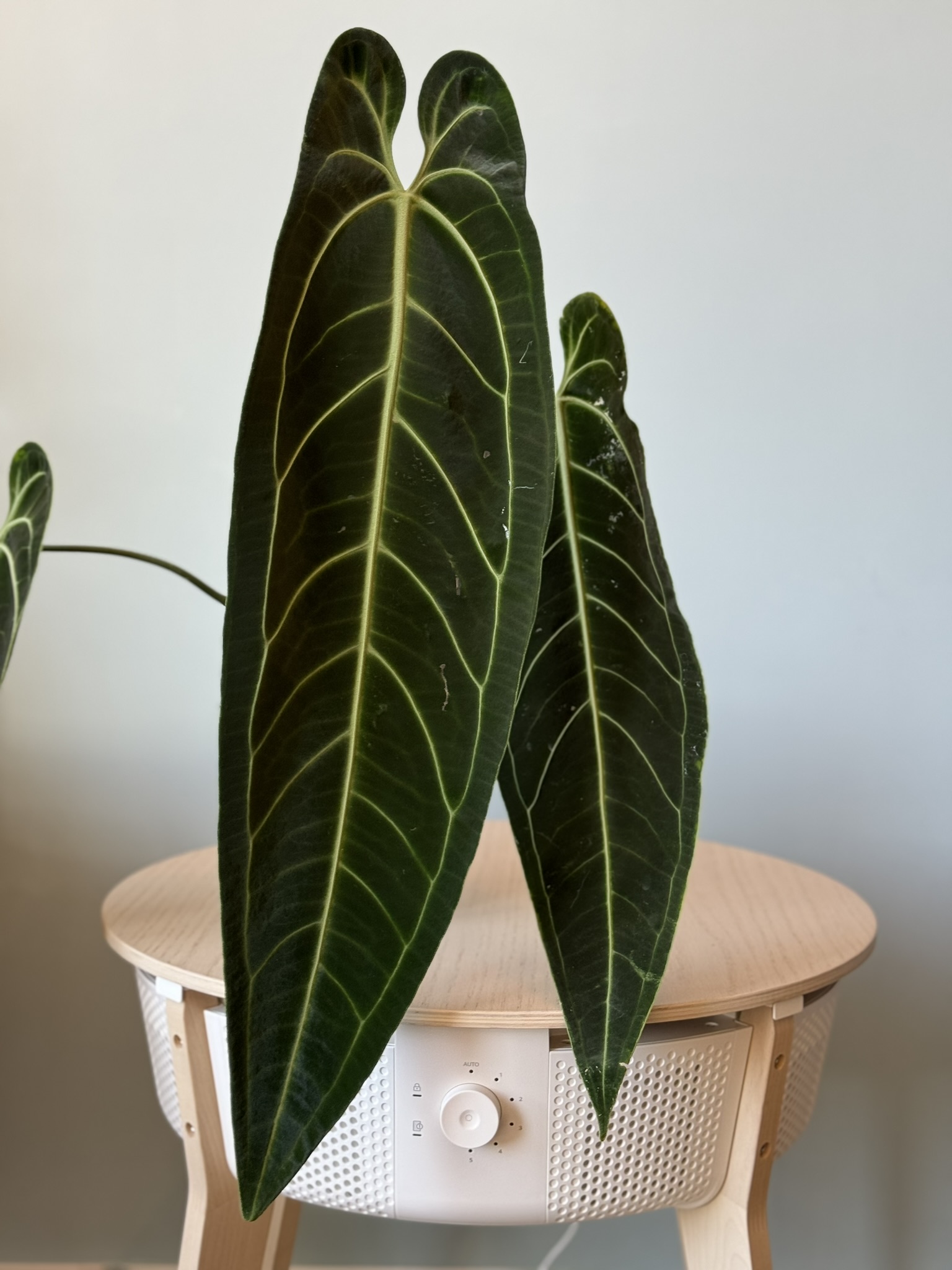
The Queen of Anthuriums: Warocquanum
One of the most iconic species of Anthurium is undoubtedly the queen of Anthuriums: the Warocqueanum. With its long, tapering, and often dark leaves, especially adult specimens know how to make a grand impression. Caring for the Warocqueanum Our queen hails from the rainforests of Colombia and naturally occurs in both the humid lowlands and…
-
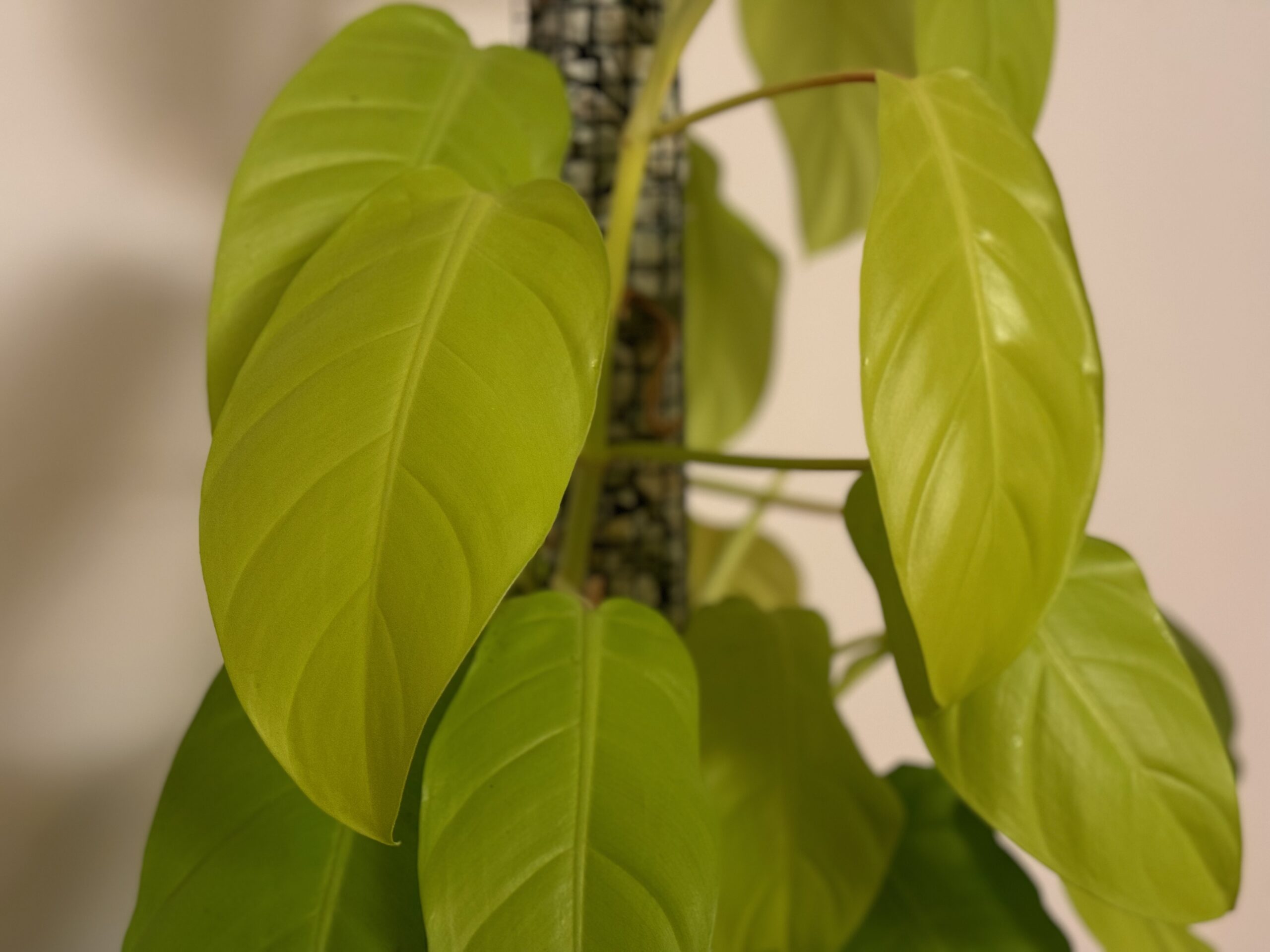
Overview of the Philodendron Malay Gold
Featuring bright green to golden leaves with hints of red, the Philodendron Malay Gold is a classic representative of its kind – just brighter. For those who appreciate the color but not necessarily the growth form, alternatives such as Philodendron Hederaceaum ‚Lemon Lime‘ (a.k.a. Scandens) or Epipremnum Aureum ‚Neon‘ are available. New leaves emerge neon…
-
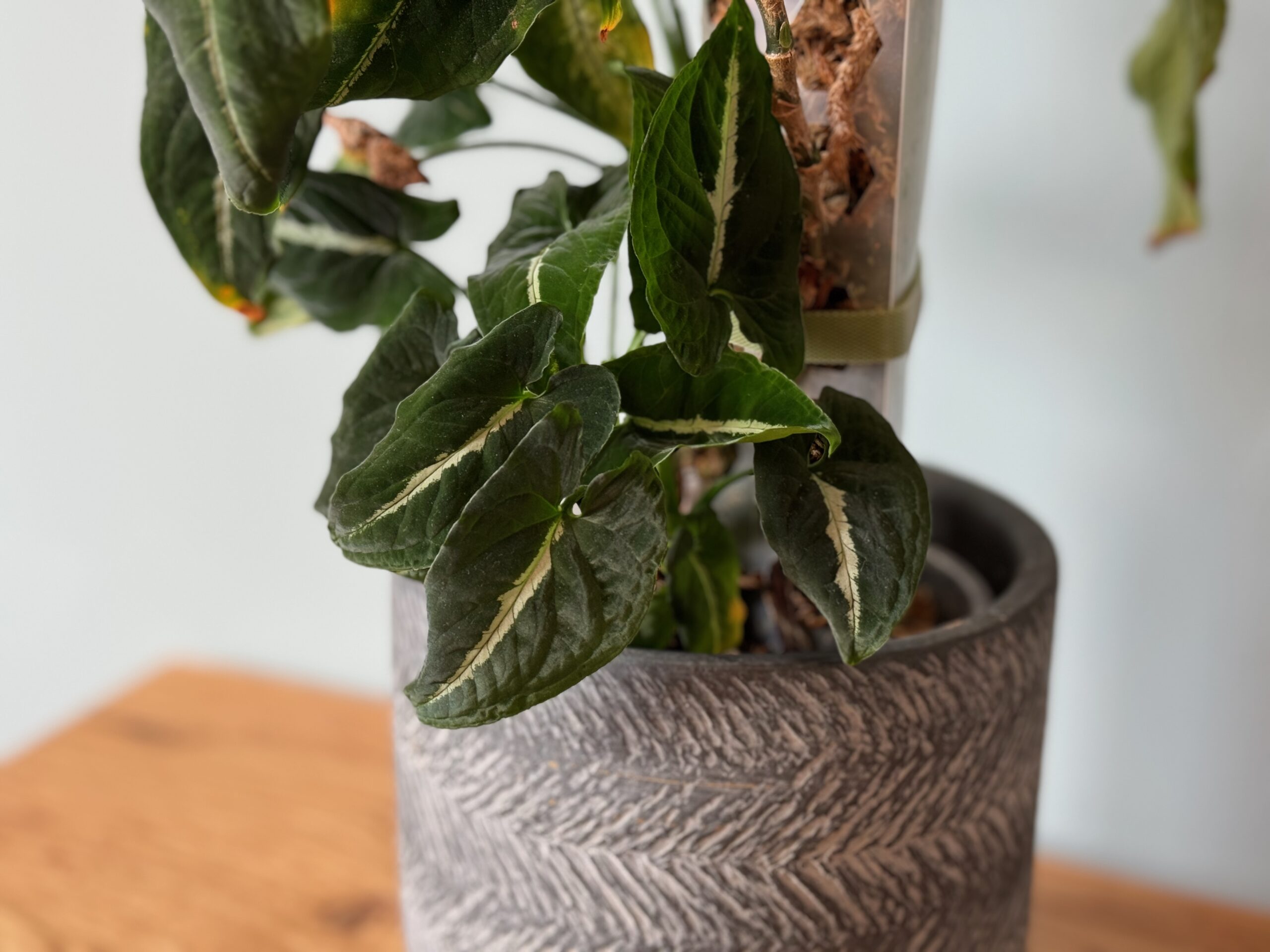
Of Velvet and Silver: The Syngonium Wendlandii
The Syngonium Wendlandii is truly something special. With its deep green, velvety leaves, a silver stripe in the middle, and a relatively compact size, it sets itself apart from its counterparts. As an alternative, there is also the Syngonium Rayii, which, however, requires higher humidity but rewards with significantly darker leaves. The leaves themselves feel…
-
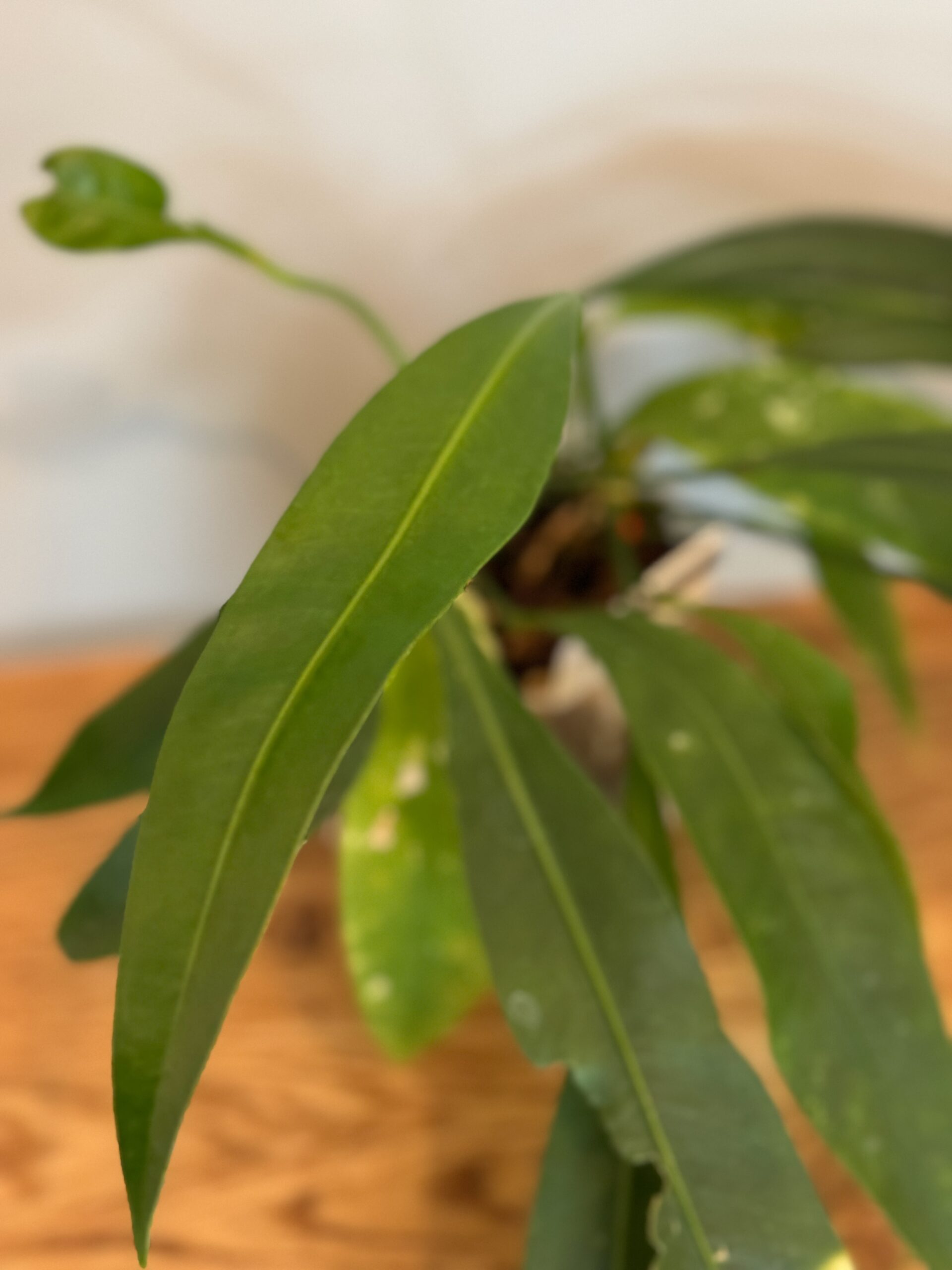
Anthurium Gracile Care and Propagation
Those in search of an Anthurium characterized by uncomplicated care will find success with the Anthurium Gracile, and will be rewarded by its affordable price. The leaves of Anthurium Gracile are bright, thin, and feel somewhat leathery. In ample light, the leaf base can take on a reddish hue. Some cultivated forms also tend to…
